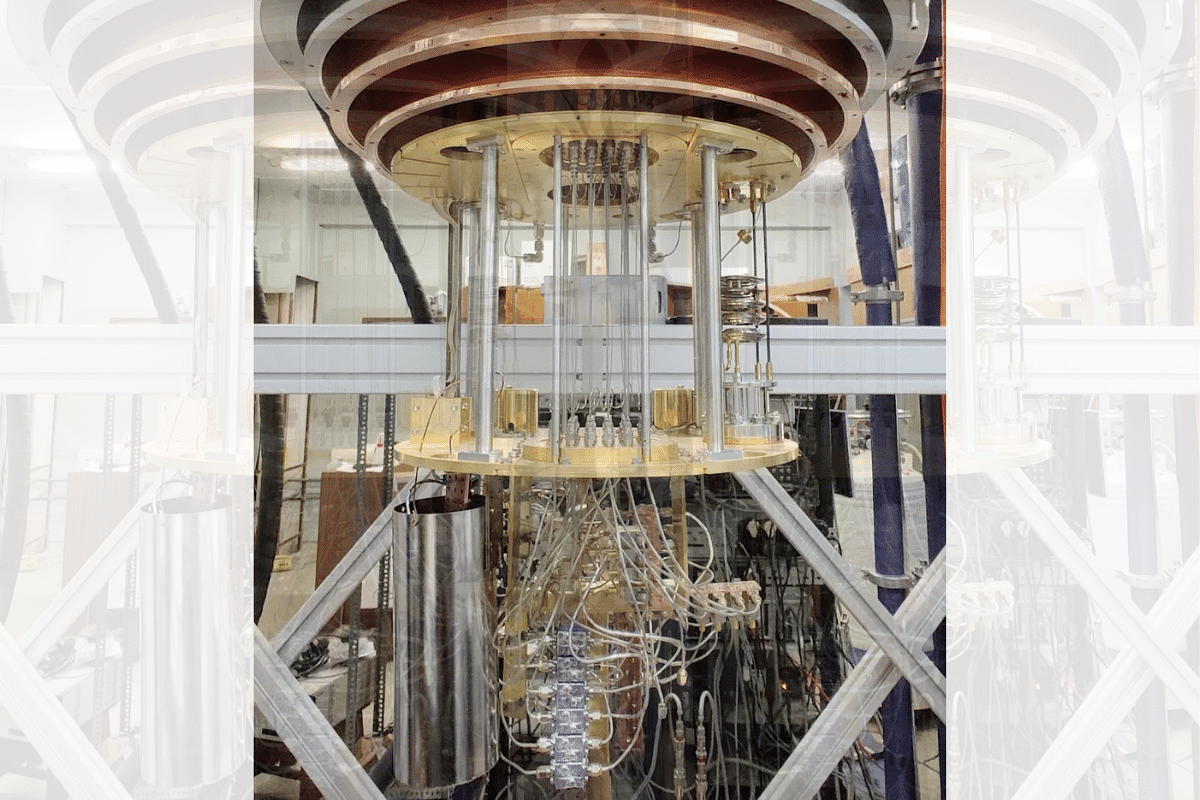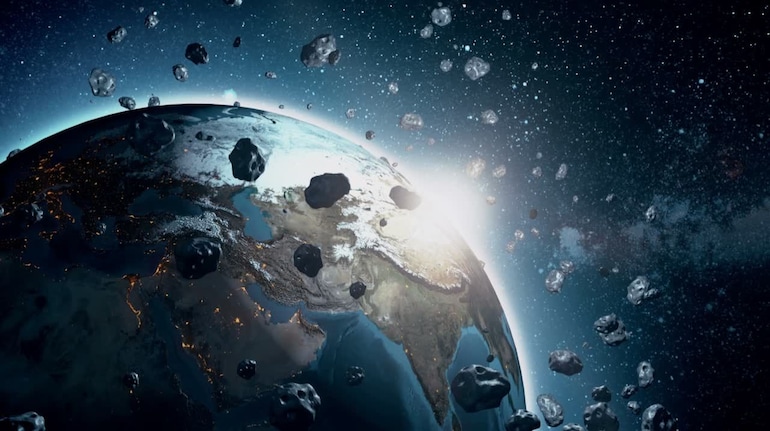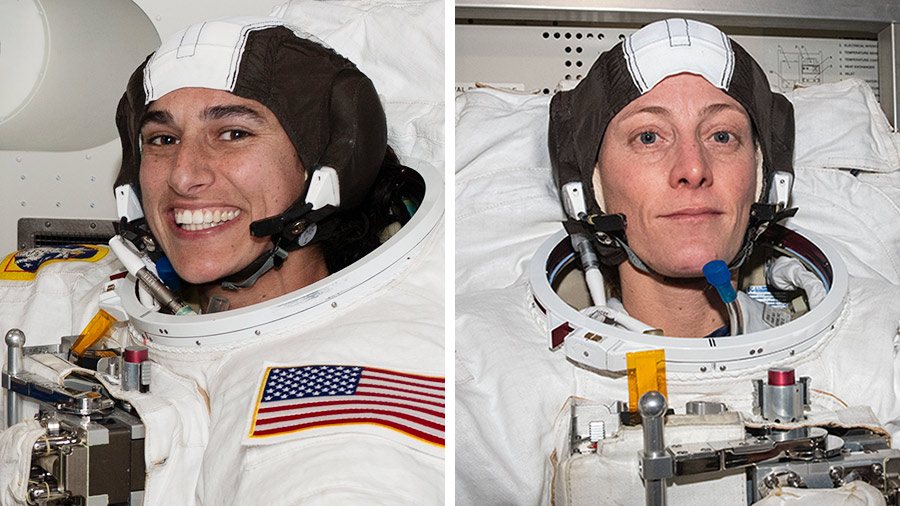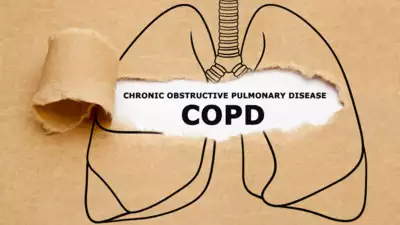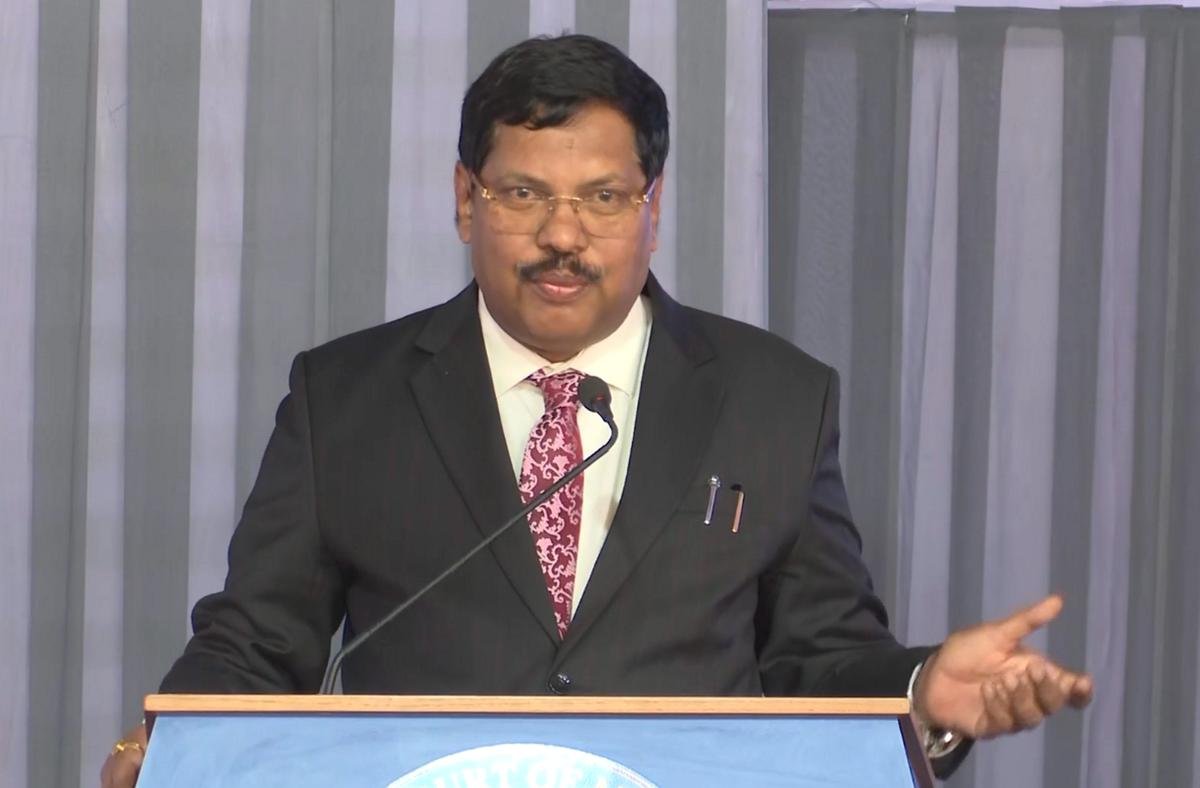Greenland News
Stay up to date with the latest news from around the world. Covering b
Stay up to date with the latest news from around the world. Covering breaking news in 'Greenland'. Explore top stories and in-depth coverage
US Buying Greenland Takes Official Turn, Trump To Get Powers To Negotiate
Make Greenland Great Again Act: The bill titled 'Make Greenland Great Again Act' is being circulated to gather co-sponsors for it. As of Monday, the bill already had 10 sponsors. It is being led by Republican congressman Andy Ogles and congresswoman Diana Harshbarger. Donald Trump's p
Study Has Found Widespread Mass Loss Glaciers In Greenland
A study has found widespread mass loss of glaciers and ice caps in Greenland since the start of the 20th century. The research provides critical insig
Researchers Analyse The Rapid Disappearing Of Stable Glacier In Greenland
As climate change causes ocean temperatures to rise, one of Greenland’s previously most stable glaciers is now retreating at an unprecedented rate,
India News
42% OFF
Sony 139 cm (55 inches) BRAVIA 2 4K Ultra HD Smart LED Google TV K-55S25B (Black)
₹57,990
₹99,900
54% OFF
acer 139 cm (55 inches) G Series 4K Ultra HD Smart LED Google TV AR55GT2851UDFL (Black)
₹28,866
₹62,999
World News
Business News
Tech News
Entertainment News
Sports News
Science News
41% OFF
Sony BRAVIA 3 Series 164 cm (65 inches) 4K Ultra HD AI Smart LED Google TV K-65S30B (Black)
₹96,990
₹1,64,900
Politics News
33% OFF
Sony BRAVIA 2 Series 108 cm (43 inches) 4K Ultra HD Smart LED Google TV K-43S20B (Black)
₹39,990
₹59,900





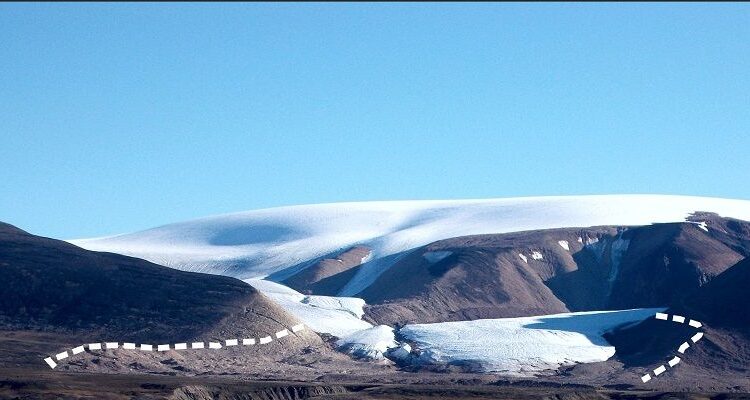


























)












